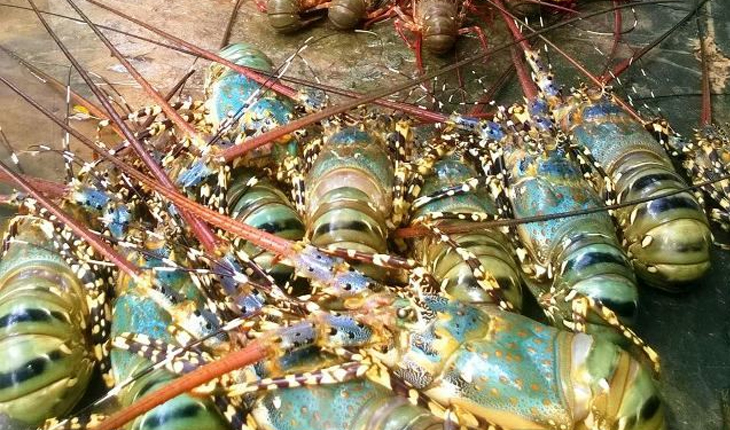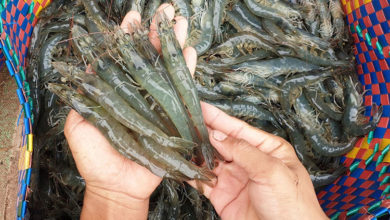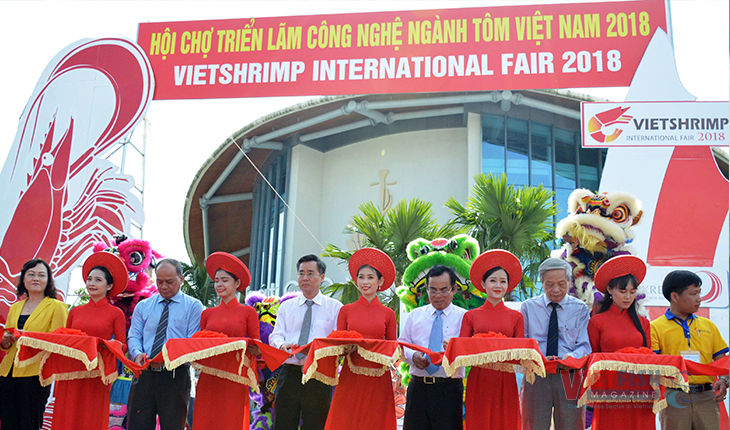Cà Mau: Potential of flathead grey mullet cultivation in shrimp ponds
Năm Căn district of Cà Mau province is developing the two-phase improved extensive black tiger shrimp farming model in combination with flathead grey mullet in shrimp ponds.
The two-phase improved extensive black tiger shrimp farming model in combination with flathead grey mullet has been developed in Hiệp Tùng and Hàng Vịnh communes. Black tiger shrimps were stocked in two phases and flathead grey mullet was stocked in one phase. As many as 200,000 post larvae were stocked in two phases, first in Nov 18, 2019 and second in April 22, 2020. The density in the first phase was 100 post/m2 and the second phase was 1.5 post/m2. Meanwhile, flathead grey mullet was stocked in December 2019 at a density of 2,000 post/ha, size 4-5cm.
Currently, shrimps and fish have grown up well. Black tiger shrimps stocked in the first phase have been harvested, 800kg/two households and flathead grey mullets weigh up to the size 3-4 pcs/kg. Black tiger shrimps stocked in the second phase have grown up well, 25-30 pcs/kg.
Thạch Hoàng Duẩn, in Hiệp Tùng commune, one of two households participating in this model, said: “Currently, I harvested 400kg of black tiger shrimps stocked in the first phase. I expect to earn 800kg of shrimps stocked in both phases. Flathead grey mullets have not been harvested, but I expect around 1.5 tons will be collected”.
Even though particular statistics have not been issued, this model will bring high economic efficiency upon the expert sights. Especially, these two species will support each other when being farmed in the same pond without competing in terms of feed of spaces. Flathead grey mullet’s feed is mainly detritus, which will effectively clean the environment, facilitating black tiger shrimps to grow up. On the other hand, the consuming market has been expanded, preventing farmers from any worries in production.
VFM






